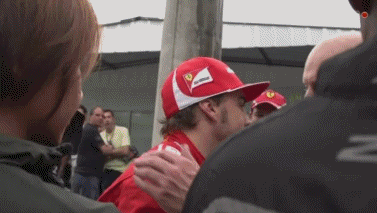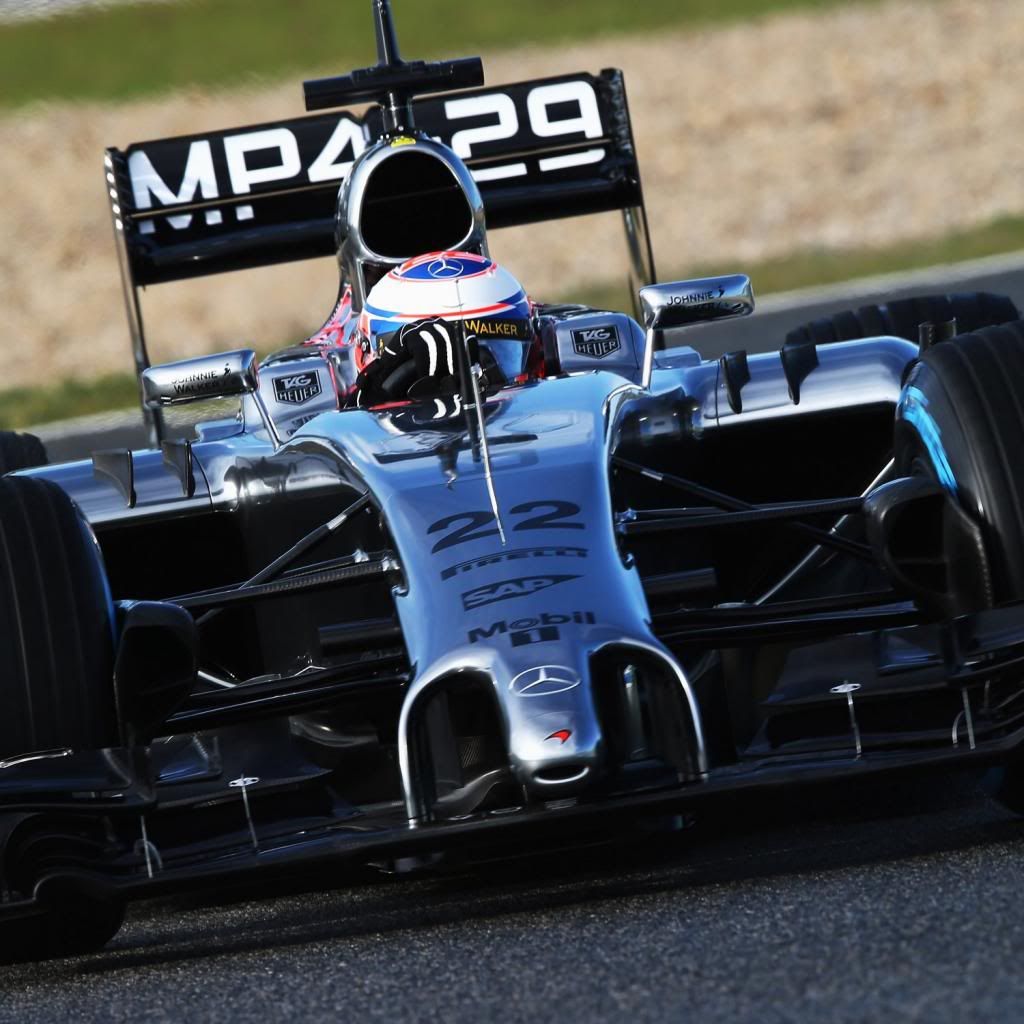
How can they manage the flooded cockpit ?





Plus the air coming out of the cockpit from the cooling vent helps as well.Websta wrote:The air wash over the cockpit keeps most of the water out - like driving in a convertible in the rain at high speed.

yes, that might works at high speed, but how about in slow corner, pit lane ? even on a light rain, i believe there will be a water build up in the base of the cockpitWebsta wrote:The air wash over the cockpit keeps most of the water out - like driving in a convertible in the rain at high speed.

My memory is semi-rusty on this; but didn't they use to have monsoon tyres?King Six wrote:We've heard of talks about 'monsoon' tyres and such, but are these cars really that bad in the wet these days?

They are still doing pretty high speeds down the pitlane and even in hair pins - the pitlane speed limit is typically either 80km or 100km depending on the track. The slowest corner in F1 in Monaco is still something like 60kmh. The airwash is still quite powerful. They might collect a few ml of water during the actual pitstops though, or as they line up on the grid. I remember Brundle making a comment about how bad it is to drive whilst sitting in a puddle of water during the Malaysian GP in 2009 so perhaps they don't have a drainage system in place. I wouldn't expect much water to accumulate anyway.agungn51 wrote:yes, that might works at high speed, but how about in slow corner, pit lane ? even on a light rain, i believe there will be a water build up in the base of the cockpitWebsta wrote:The air wash over the cockpit keeps most of the water out - like driving in a convertible in the rain at high speed.
the air might wash the water, but it might be possible to enter into the airbox, imo
Truth be said, those red flags and safety cars are partly due to risk aversion from race control.King Six wrote:I'll put this in this topic, but is there anything F1 can do so that the cars are better in the wet. There seems to be a trend, psychologically but also physically...of the cars being unable to perform in wet conditions. We're seeing more red flags and safety cars then ever before.
We've heard of talks about 'monsoon' tyres and such, but are these cars really that bad in the wet these days?
Back in the good year days there was Monsoons, they were good tyres, however drivers were allocated 2 sets per weekend and the treaded rubber was half an inch thick and was quite hard, intact they were hard enough to last around 350Km to 400Km so drivers could do a couple of quali runs and then do the race if the rain was heavy enough.raymondu999 wrote:My memory is semi-rusty on this; but didn't they use to have monsoon tyres?King Six wrote:We've heard of talks about 'monsoon' tyres and such, but are these cars really that bad in the wet these days?
I thought the red flag at Malaysia was quite justified.010010011010 wrote:I completely agree that the current situation is pathetic. They red flag a race for any reason these days. Bring back the monsoon tyres, even let them raise the ride height during pitstops if necessary, just stop red flagging everything!
How are the drivers supposed to see? They can barely see as it is, and are basically guessing where to go. They can't see apexes until they are on them.010010011010 wrote:I completely agree that the current situation is pathetic. They red flag a race for any reason these days. Bring back the monsoon tyres, even let them raise the ride height during pitstops if necessary, just stop red flagging everything!